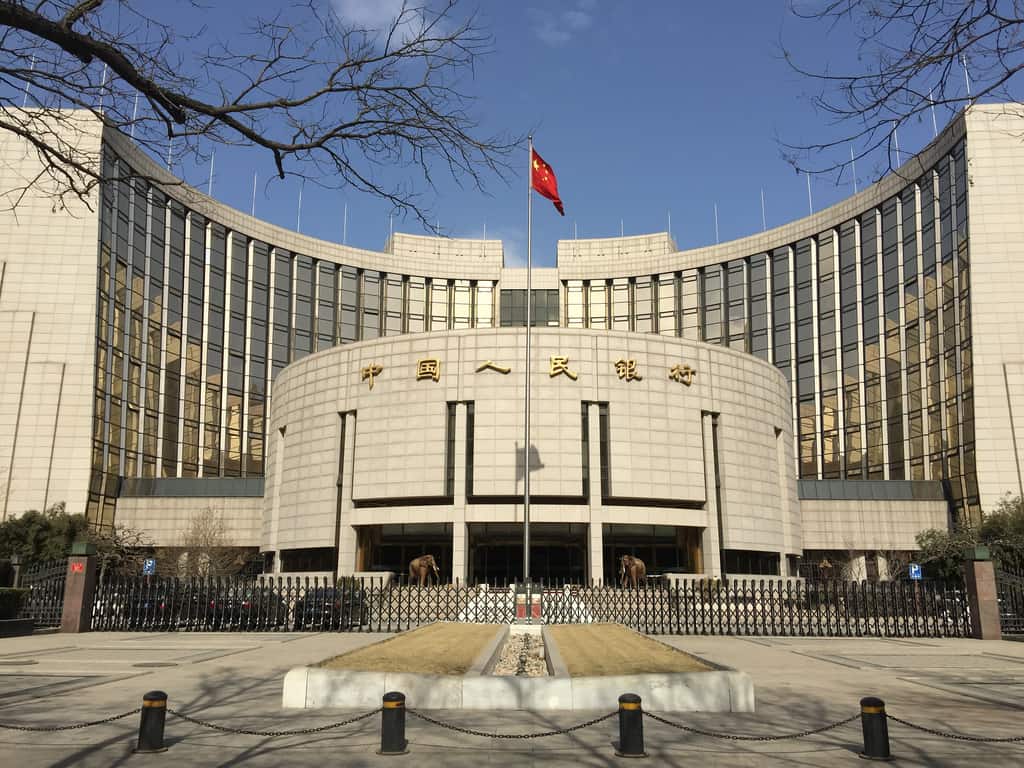The People’s Bank of China (PBOC) has provided a detailed account of its current policy settings and initiatives at a press conference held by the central government on 13 July.
Chinese central bank officials including head of PBOC’s statistics department Ruan Jianhong (阮健弘), head of PBOC’s monetary policy department Zou Lan (邹澜), and head of PBOC’s financial stability department Sun Tianqi (孙天琦), answered a range of questions at the press conference that covered topics including:
- Declines in comprehensive enterprise financing costs: Ruan Jianhong said that in the first half PBOC had sought to “optimise the central bank policy rate system, strengthen deposit rate regulation and stabilise bank liability costs”. In June fixed deposit rates were 2.5%, for a decline of 16 basis points compared to the same period last year, while the 1-year loan prime rate (LPR) and 5-year LPR had fallen 10 and 20 basis points respectively, helping to reduce comprehensive enterprise financing costs. In June new enterprise loan rates were 4.16%, for a decline of 34 basis points compared to the same period last year.
- Progress in the use of policy-based and open financial instruments: PBOC said it had supported the China Development Bank (CDB) and the Agriculture Development Bank of China (ADBC) in establishing a total of 300 billion yuan in financial instruments.
- Increases in the macro-leverage ratio which are markedly lower than those of other major economies: PBOC officials pointed to five successive quarters of net declines in China’s macro-leverage ratio since the fourth quarter of 2020, providing regulators with “invaluable policy space to deal with a range of complex circumstances.” “In terms of international comparison, the since the pandemic China’s macro-leverage ratio increase has been markedly lower than that of other major economies, with the use of a comparatively small increase in new debt to support a relatively rapid economic recovery.”
- Expansion in digital renminbi trial areas, with total transactions of around 83 billion yuan: 23 regions and 15 provinces and municipalities are currently participating in digital renminbi trials. As of the end of May they had processed around 264 million transactions worth approximately 83 billion yuan in total. Zou Lan said that trial areas for the digital renminbi will steadily expand, and that PBOC will deepen international exchange and cooperation.
- The effectiveness of structured monetary policy tools: PBOC highlighted the use of three new structured monetary policy tools since the start of 2022 – tech innovation re-loans, inclusive pension special re-loans and transit and logistics special re-loans, as well as the use of carbon emissions reduction support tools that were first unveiled in the final quarter of last year. The carbon emissions reduction support tools have provided 182.7 billion yuan in funds to support 304.5 billion yuan in bank loans to emissions reductions projects.
- 99% of banking sector assets falling within the safe threshold: Sun Tianqi (孙天琦) said that despite the regional impacts of a risk scandal in the Henan province rural banking sector, 99% of China’s bankings sector assets are within the safe threshold.
- Stability of monetary policy and ongoing focus on China’s own needs: “In recent years we have continually implemented normal monetary policy, in order to leave ample policy room and back-up tools to deal with new challenges or new changes that exceed expectations” said Zou Lan. “In the second half of 2022, the central bank will continue to effectively implement stable monetary policy and accelerate the implementation of policies and measures already confirmed.”


